 Abraham Lincoln
If given the truth, the people can be depended upon to meet any national crisis...
Abraham Lincoln
If given the truth, the people can be depended upon to meet any national crisis...
 Guildford news...
for Guildford people, brought to you by Guildford reporters - Guildford's own news service
Guildford news...
for Guildford people, brought to you by Guildford reporters - Guildford's own news service
Birdwatcher’s Diary No.131
Published on: 20 Mar, 2017
Updated on: 20 Mar, 2017
By Malcolm Fincham
Once again the opportunity arose to visit Farlington Marshes, near Portsmouth, taking advantage of one of the few pleasant days in early March.
It was March 2 to be precise, for what could possibly be my last opportunity to see some of the wintering birds, before they made their way north for their breeding season.
My first pictures of the day, however, was that of one of the non-migratory and very confiding kestrels, that reside there throughout the year.
Although sunny, a stiff and still chilly breeze blew across the seawall. ”No sign of spring hear” I thought to myself, as I began to wish I had worn gloves, as my wife had advised. Looking across the main lagoon, the usual wintering species were all still present. Brent geese were plentiful, although quite mobile, looking for the best areas left to graze around the reserve.
Pintail and teal could still be seen in good numbers too.
Wigeon also still in good numbers.
Eight or more shelduck could be seen around the reserve, catching a shot of one in flight as it flew in over the harbour wall.
With the sea close to high tide, lots of assorted waders could be seen flying in mixed flocks, looking for the few remaining spits to rest on.
These included bar-tailed godwits and grey plovers.
One small spit within reasonable photo distance from the seawall was particularly interesting, as well as quite entertaining to watch. A ‘fling’ of well over 500 dunlins wheeled around like a large helix over the sea.
In small squadrons they would eventually land, taking up the space on the small island.
Eventually, just when they had all crammed together, with no visible space remaining, a few flocks of larger waders would arrive, squeezing into spaces that didn’t seem to exist. These included grey plovers, bar-tailed godwits and even a few turnstones.
Bursting at the seems, eventually a large wave would send them, in one giant mass, back into the air. Only to once again to repeat the process with the inevitable consequence.
Separate to all this action, I spotted what I thought at first was a small, dark wader with a very short tail, that appeared to be on a mission, separate to all the others. Deciding to take a few record shots as it past by a short way out to sea I hoped to ID it later.
As it passed by, however, the sunlight caught its wings, showing its iridescent blue colour. It was, of course a kingfisher!
Making my way back, I picked up on the sound of skylarks singing.
And also good views of a pair of ravens, to add to my photos and complete a most enjoyable day.
On March 5, in the company of Dougal, we set off on a short trip north, up the A3 to Cobham. This was to see if the little owls, which we had seen last year, could still be seen in their home within an old oak tree.
A view over a hedge from a public footpath across a field, gives a good view of what looks to be a naturally formed gap in one of the lower boughs of the tree.
It certainly makes for a perfect shelter for little owls.
Although on this occasion only one was present, he showed very well, and even flew out of his den to perch for a brief spell in the open, higher in the tree, before returning to the safety of its abode.
A call from ‘Phil the gardener’ on March 7 to say there was a goosander on the private lake he was tending in Wonersh that afternoon, tempted me out in the hope of some pictures.
Having previously missed out on the ones at Puttenham just a few weeks ago, this time I was able to get some good views and decent photos.
They are members of the ‘sawbill’ family of ducks. They can be very shy and when sighting humans will keep their distance.
While there, I was also able to catch a photo of a kingfisher, as it flew low across the lake.
Common buzzards drifted over more frequently in rural areas surrounding Guildford, (a sight now taken for granted by some since the turn of the 21st century). Now also common in nature too, around the Surrey Hills, they can often be seen in pairs this time of year, although occasionally more will join the display team.
With the onset of the breeding season, they are often mobbed by crows and rooks that have already started theirs, and now concerned for their territories and their young.
Even seeing red kites, as they glide over our Surrey countryside, is now becoming a familiar sight.
Peregrines, now stabilising in numbers, are not so easy to spot around the Surrey Hills. They are now resident close to some of its town centres, and can now be viewed on a webcam high above Woking on its tallest building, Export House.
With the weather warming up, on March 13 daytime temperatures reached 15c, with some glorious sunshine. It also brought with it my first find of frog spawn in a garden pond.
Later that day I also saw my first comma butterfly of 2017 as it settled on a cherry tree in my garden, now just starting to break out into blossom.
I tried to get the best angle on the comma as it worked its way around the flowers, feeding on their nectar. It wasn’t until later, when checking the result of my pictures, that I realised one of the shots had been ‘photo-bombed’ by a bee!
March 15 was the warmest day of the year to date, bringing with it sunshine and temperatures reaching 19c in some areas in the South East. With sunset time now stretching out to just after 6pm, I resisted having an afternoon nap.
I ventured around my local patch at the Riverside Nature Reserve, taking advantage of some bright sunshine, in the hope of a few pictures.
Teal had lessened in number on the flooded area viewed from Stoke Lock.
A cormorant flew overhead. Although having enough pictures of these birds to fill a library, I couldn’t resist one more, on such a bright sunny day.
On Stoke Lake a pair of great crested grebes looked resplendent, already showing off their summer plumage.
Coots, now filled with testosterone, were becoming more territorial than ever.
Tufted ducks had started to lessen in number on the lake. And counting just 20, several could be seen closely paired. Sunlight showed up the tinges of green in the drake ducks’ plumage.
A surprise to me was seeing a pair of teal at the northern end of the lake, although tending to be such a shy duck, they soon took flight having seen me.
Several chiffchaff could be heard singing all around the reserve.
Even managing to get a few pictures of one feeding on insects and attracted to the blossom of the blackthorn.
Picking out the high-pitched song and call of a treecreeper, I was alerted to two, as they chased each other among the branches beside the River Wey towpath.
Sexes are alike, so I wasn’t certain whether it was a territorial or courtship thing going on, as I picked out the white of their undersides as they flashed to and fro. Young birds are also like the adults, although it was too early in the year for this to be the case.
These lovely little critters have got to be one of my favourites to see, their cryptic colouring of browns, greys and blacks can make them hard to spot. In my experience, the species has an annoying habit of avoiding you by moving quickly to the other side of the tree the minute you spot one.
A noisy nuthatch could be picked out, tapping like a woodpecker on the bark of a tree.
With trees still bare of leaf, long-tailed tits could be seen, flitting around the branches.
A little further up the river toward Burpham, a grey wagtail could be seen and heard singing.
Watching it, as it flitted, with tail in constant motion, it posed a while on the old road bridge.
Adding to the day’s sightings was a drake Mandarin duck flying past on the other side of the river.
Having had what I was beginning to think would be my last sighting of a redwing on March 1, I heard the distinct ‘seep, seep’ call of a small group of them on my arrival at Bowers Lock. Counting at least seven as they few over, high up in the trees, with one settling just long enough for to me to get a record shot.
The following day, on March 16, I heard and saw a further five or six redwings as they flew over in the more rural area of Shamley Green.
On March 18, I once again saw, what was the same group, in the same area, feeding on ivy berries. A few ‘stragglers’, soon to return to their summer homes in Scandinavia.
Other interesting sightings, that I managed to photograph:
A singing firecrest (also on March 18).
A mistle thrush feeding in a field.
A pair of black swans, tending to their two chicks.
And finally, a roe deer standing silently and staring at me from beyond a host of golden daffodils now in full bloom.
Responses to Birdwatcher’s Diary No.131
Leave a Comment Cancel replyPlease see our comments policy. All comments are moderated and may take time to appear.
Recent Articles
- Guildford Institute’s Crowdfunding Project for Accessible Toilet in its New Community and Wellbeing Centre
- Letter: Guildford – Another Opportunity Missed?
- Letter: GBC’s Corporate Strategy – Where Is the Ambition?
- My Memories of John Mayall at a Ground-breaking Gig in Guildford Nearly Six Decades Ago
- Westborough HMO Plans ‘Losing the Heart of the Street’ Says Resident
- College Invests to Boost Surrey’s Economy and Close Digital Skills Gap
- Community Lottery Brings Big Wins for Local Charities
- GBC Housing Plan Promises ‘A Vibrant Urban Neighbourhood’ Near Town Centre
- Hospital Pillows ‘Shortage’ at the Royal Surrey
- Updated: Caravans Set Up Camp at Ash Manor School


Recent Comments
- Ian Macpherson on Updated: Main Guildford to Godalming Road Closed Until August 1
- Sara Tokunaga on GBC Housing Plan Promises ‘A Vibrant Urban Neighbourhood’ Near Town Centre
- Michael Courtnage on Daily Mail Online Reports Guildford Has Highest-paid Council Officer
- Alan Judge on GBC Housing Plan Promises ‘A Vibrant Urban Neighbourhood’ Near Town Centre
- John Perkins on GBC Housing Plan Promises ‘A Vibrant Urban Neighbourhood’ Near Town Centre
- S Collins on GBC Housing Plan Promises ‘A Vibrant Urban Neighbourhood’ Near Town Centre
Search in Site
Media Gallery
Dragon Interview: Local Artist Leaves Her Mark At One of England’s Most Historic Buildings
January 21, 2023 / No Comment / Read MoreDragon Interview: Lib Dem Planning Chair: ‘Current Policy Doesn’t Work for Local People’
January 19, 2023 / No Comment / Read MoreA3 Tunnel in Guildford ‘Necessary’ for New Homes, Says Guildford’s MP
January 10, 2023 / No Comment / Read More‘Madness’ for London Road Scheme to Go Ahead Against ‘Huge Opposition’, Says SCC Leader
January 6, 2023 / No Comment / Read MoreCouncillor’s Son Starts Campaign for More Consultation on North Street Plan
December 30, 2022 / No Comment / Read MoreCounty Council Climbs Down Over London Road Works – Further ‘Engagement’ Period Announced
December 14, 2022 / No Comment / Read MoreDragon Interview: GBC Reaction to the Government’s Expected Decision to Relax Housing Targets
December 7, 2022 / No Comment / Read MoreHow Can Our Town Centre Businesses Recover? Watch the Shop Front Debate
May 18, 2020 / No Comment / Read More



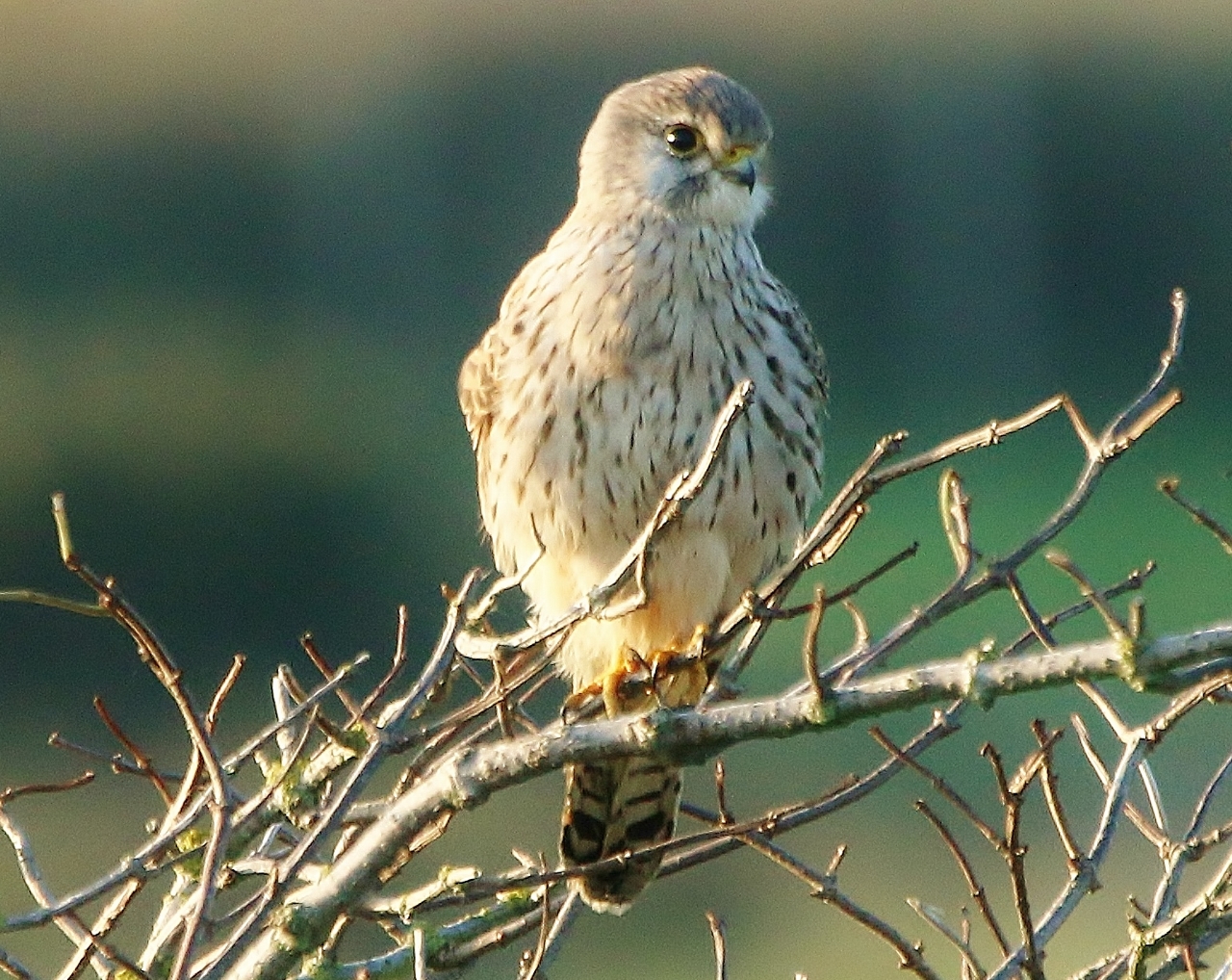


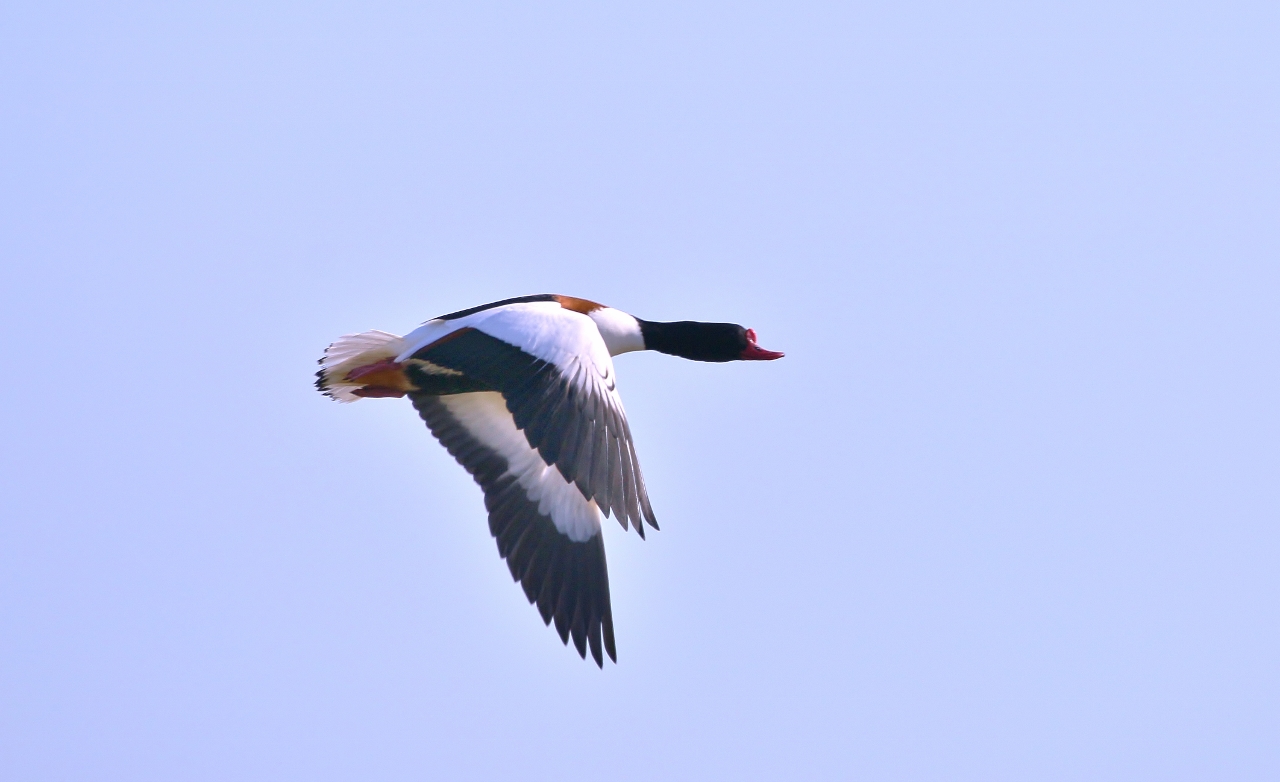

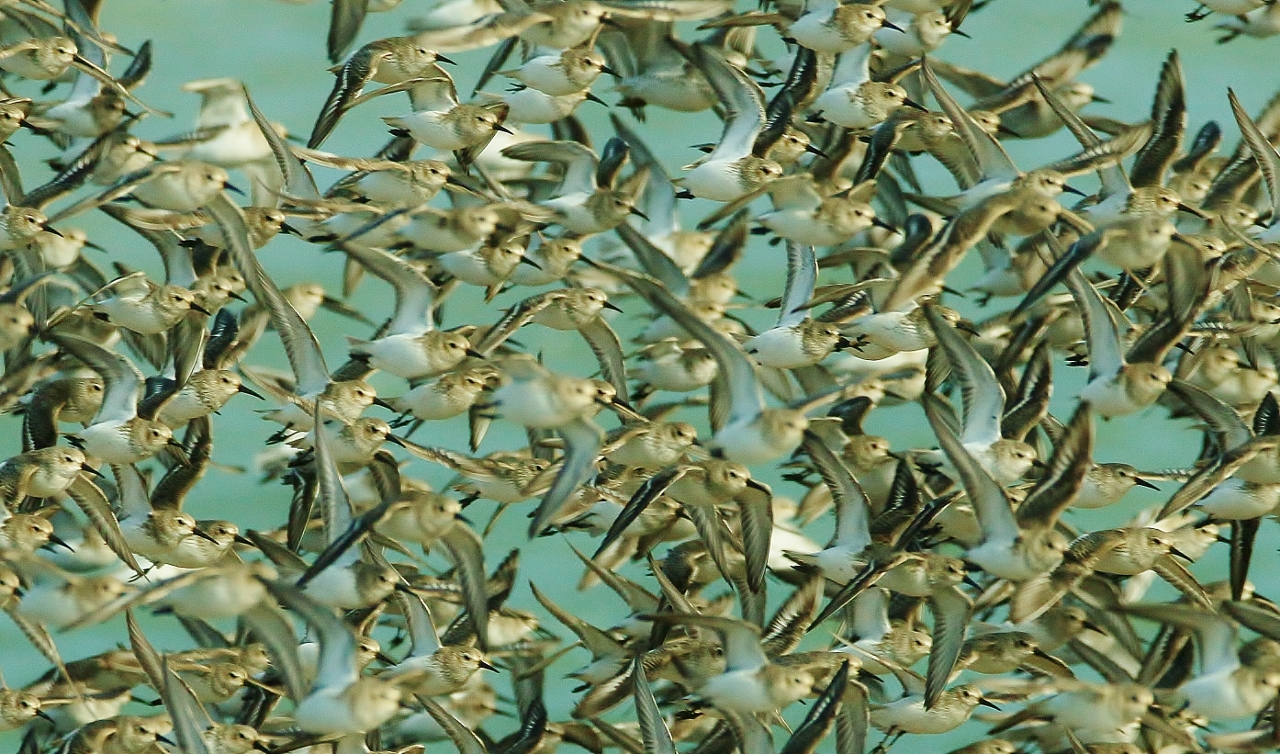

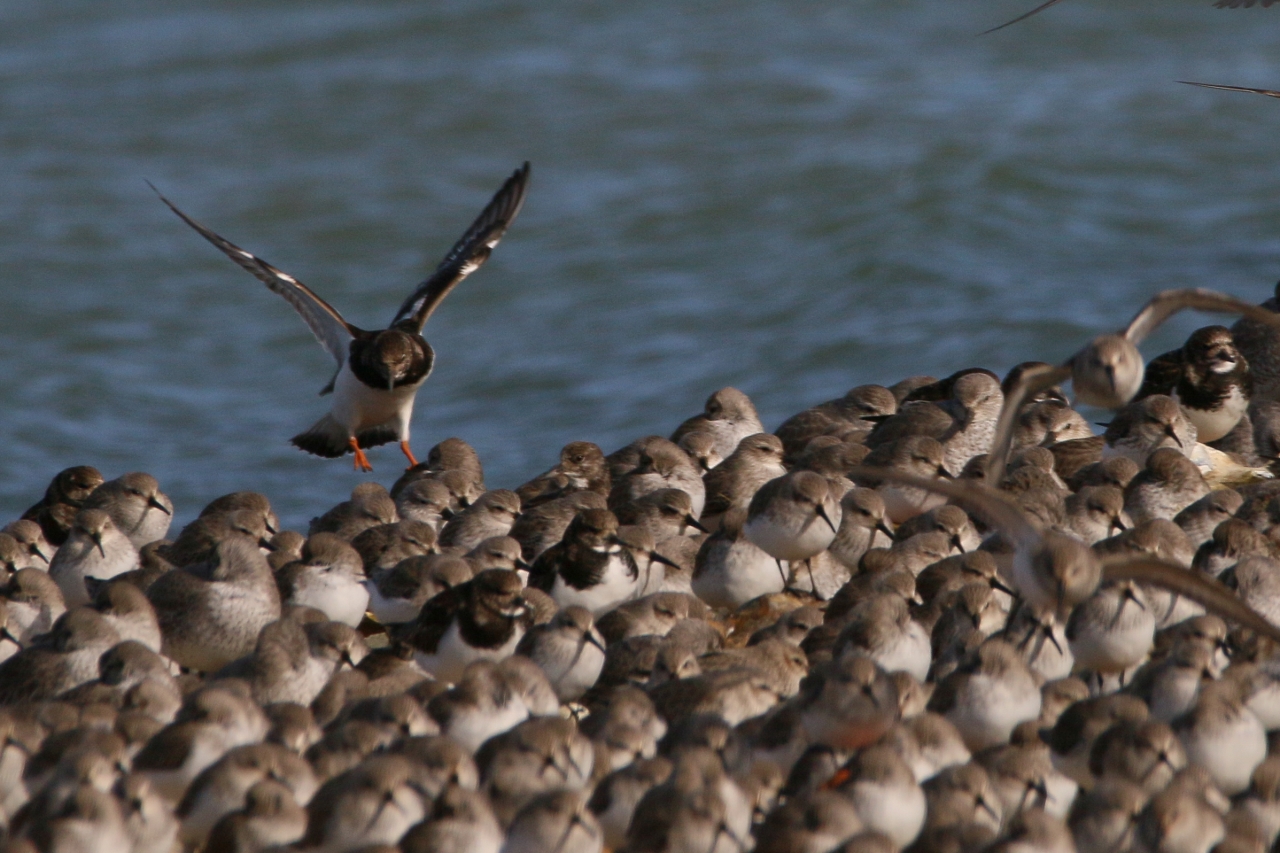
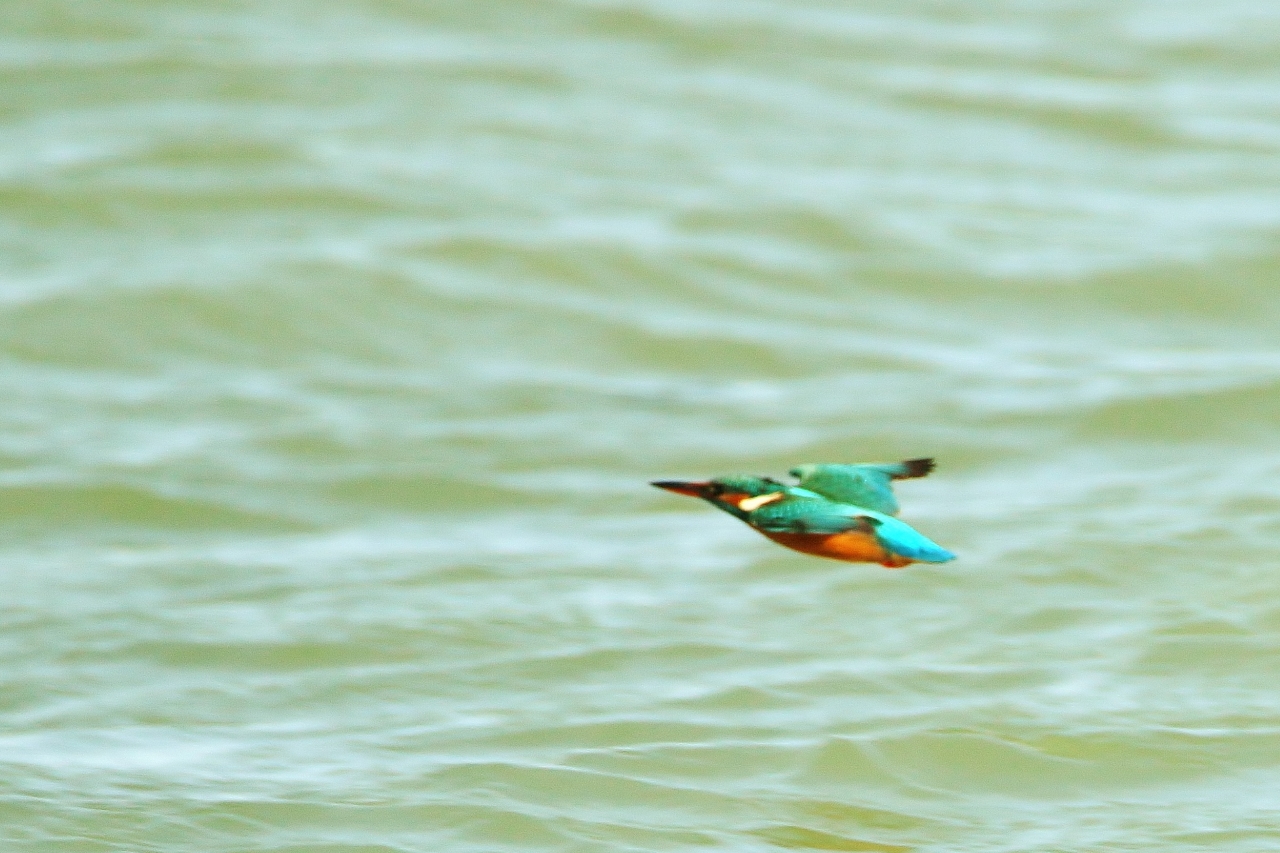

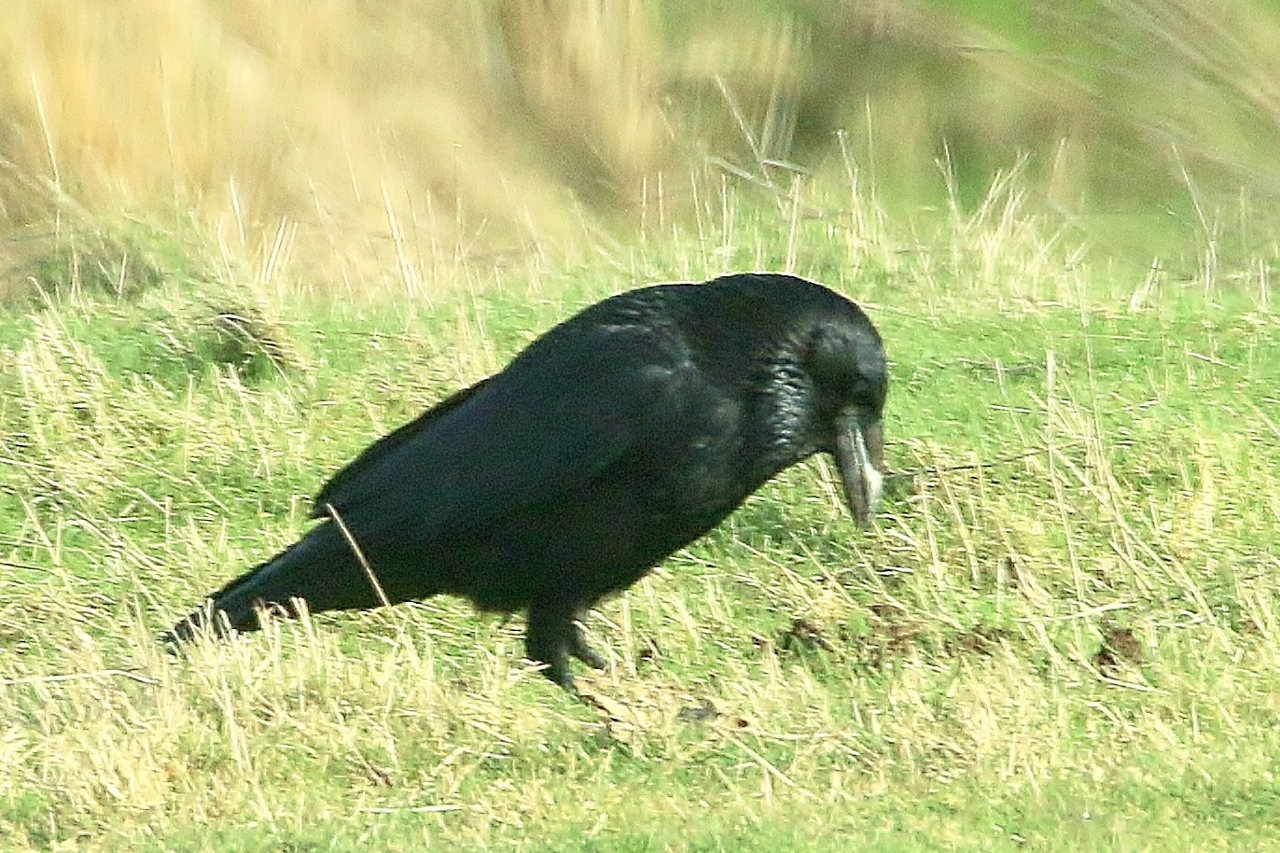

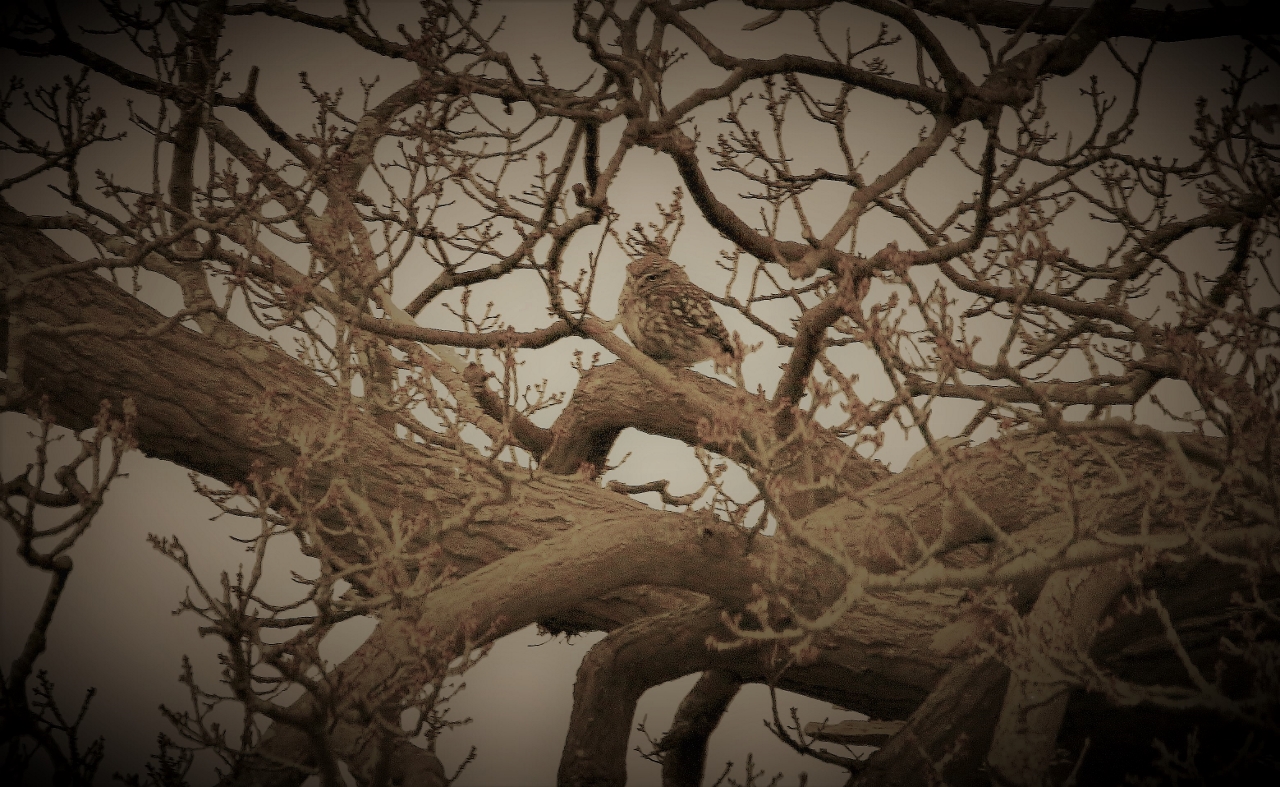
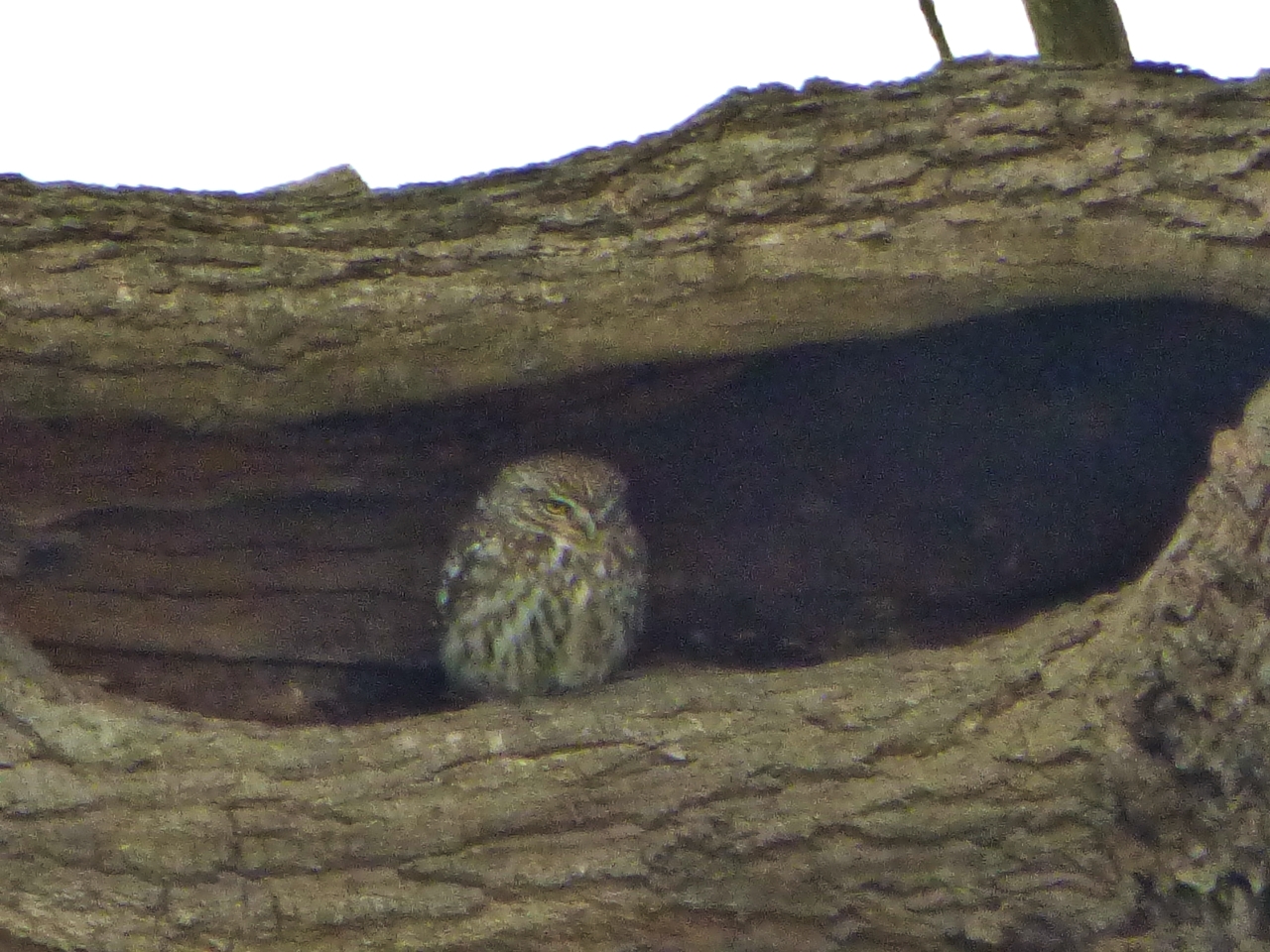

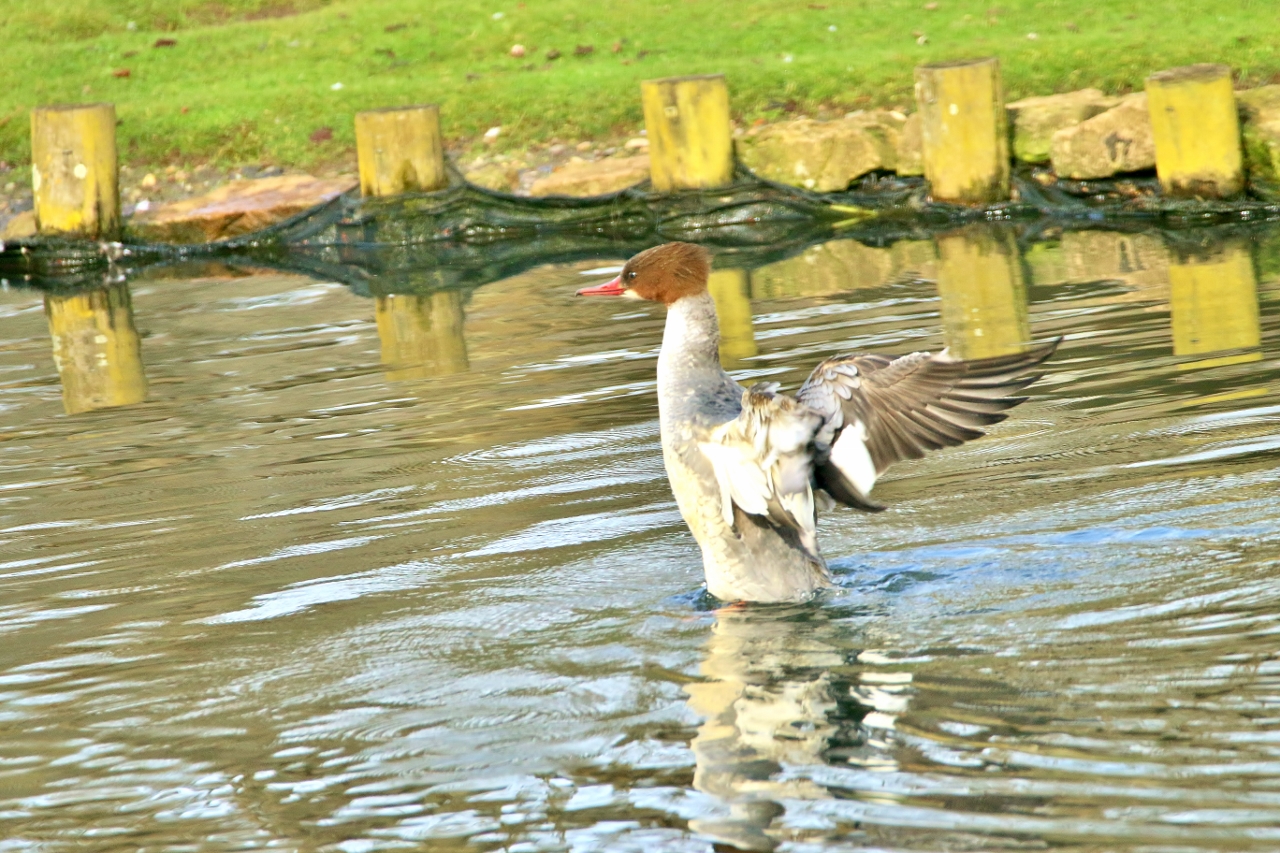
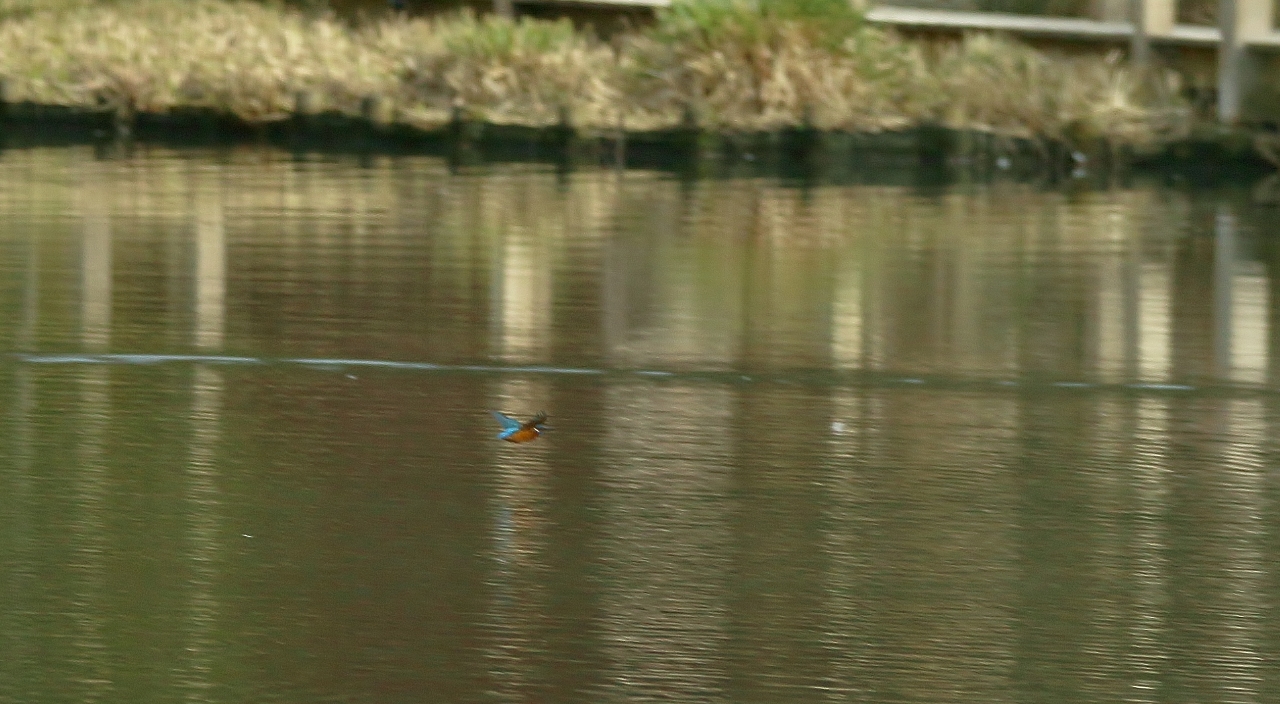

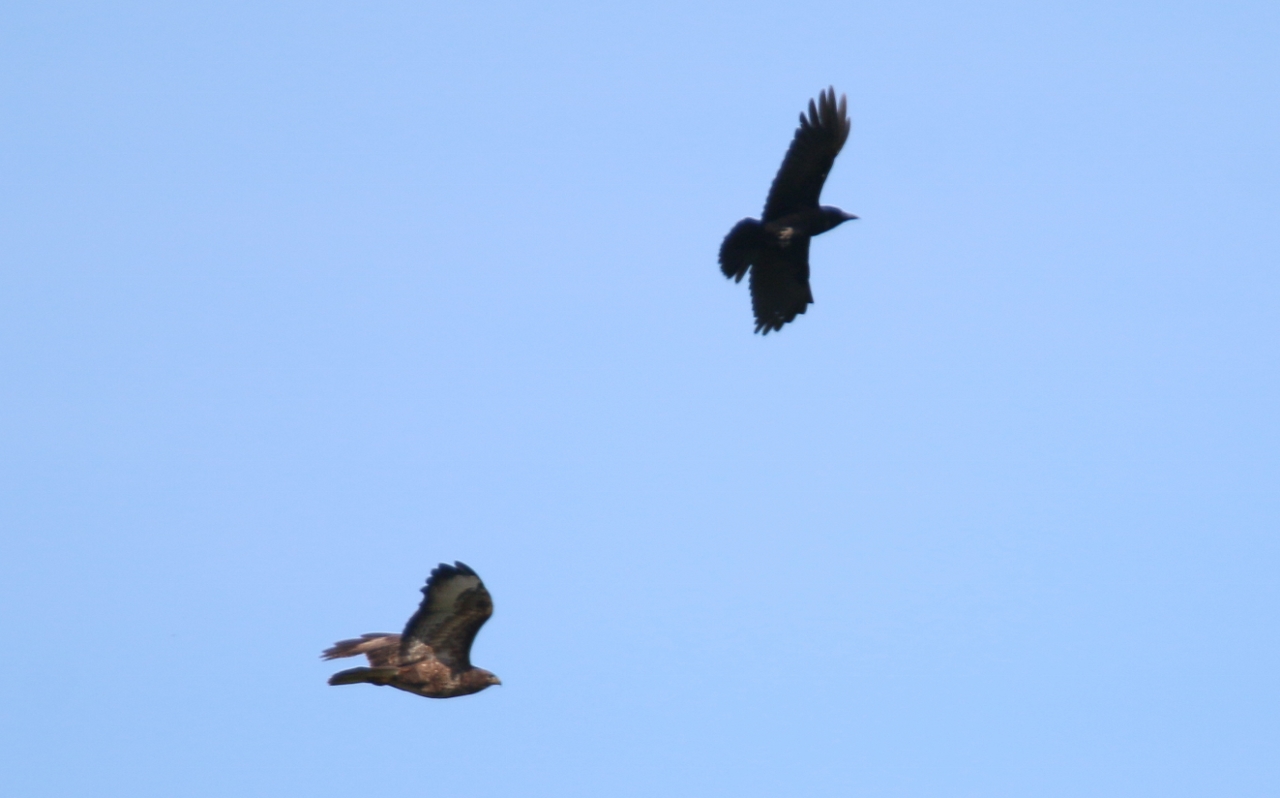
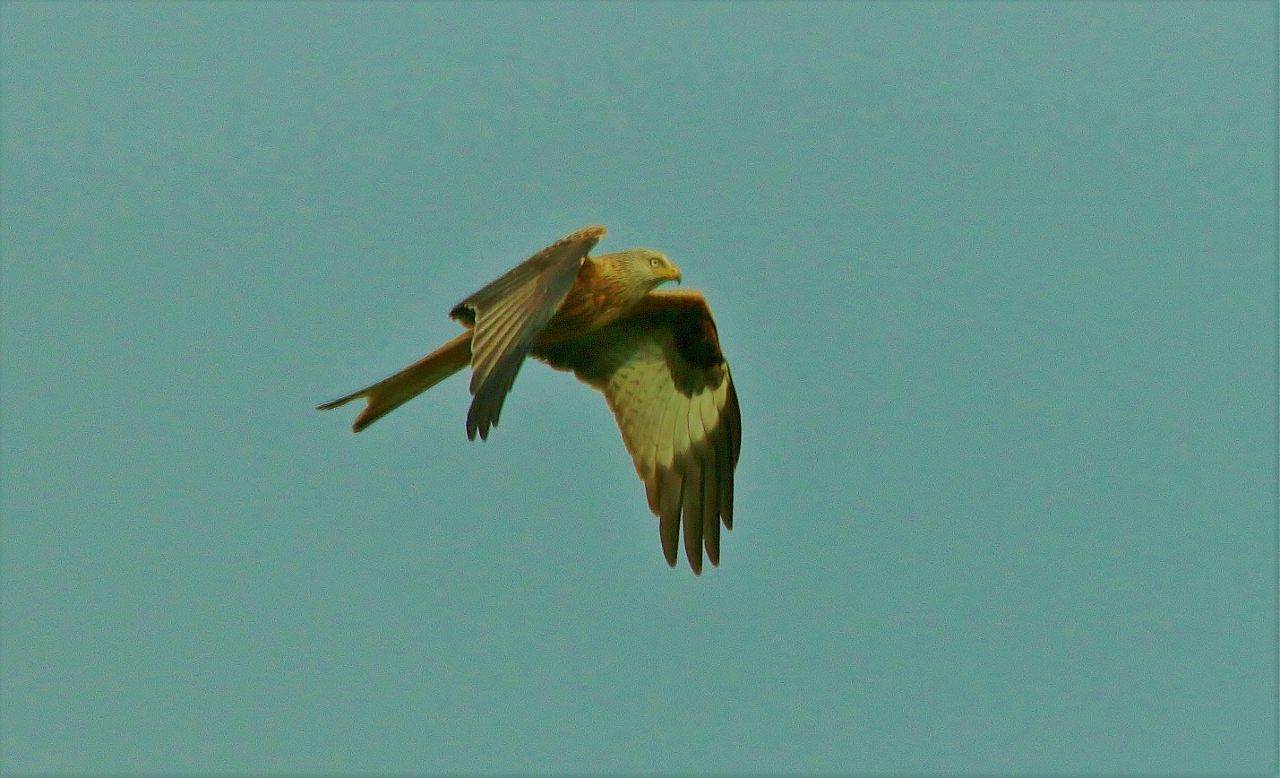



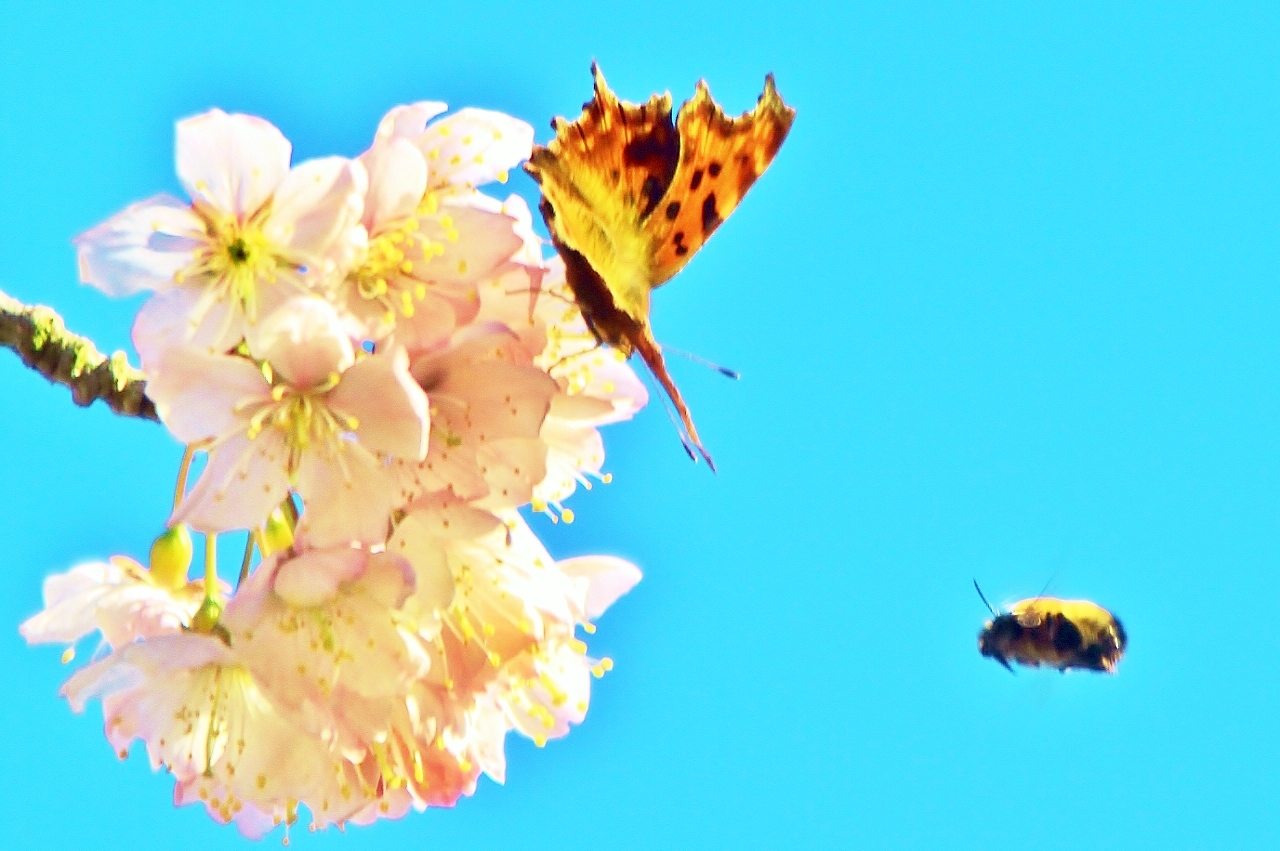
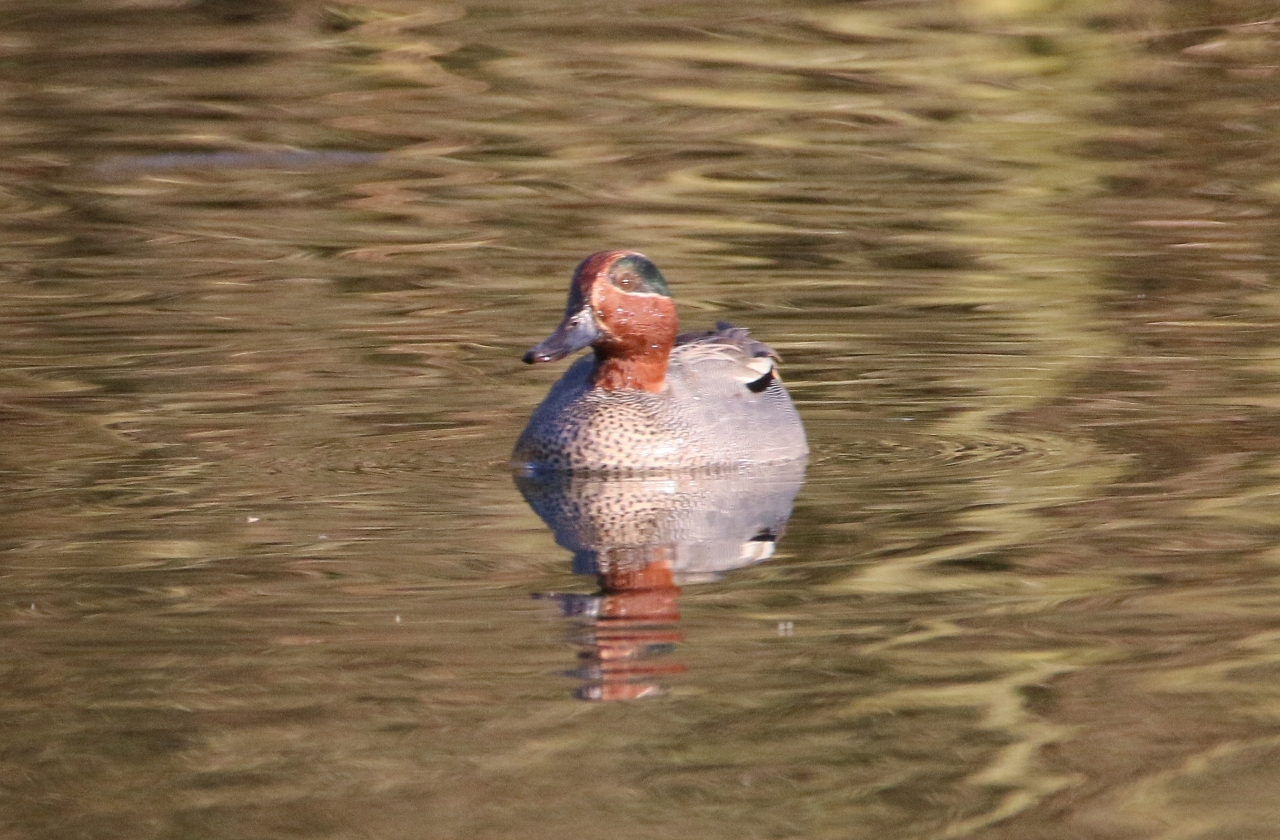
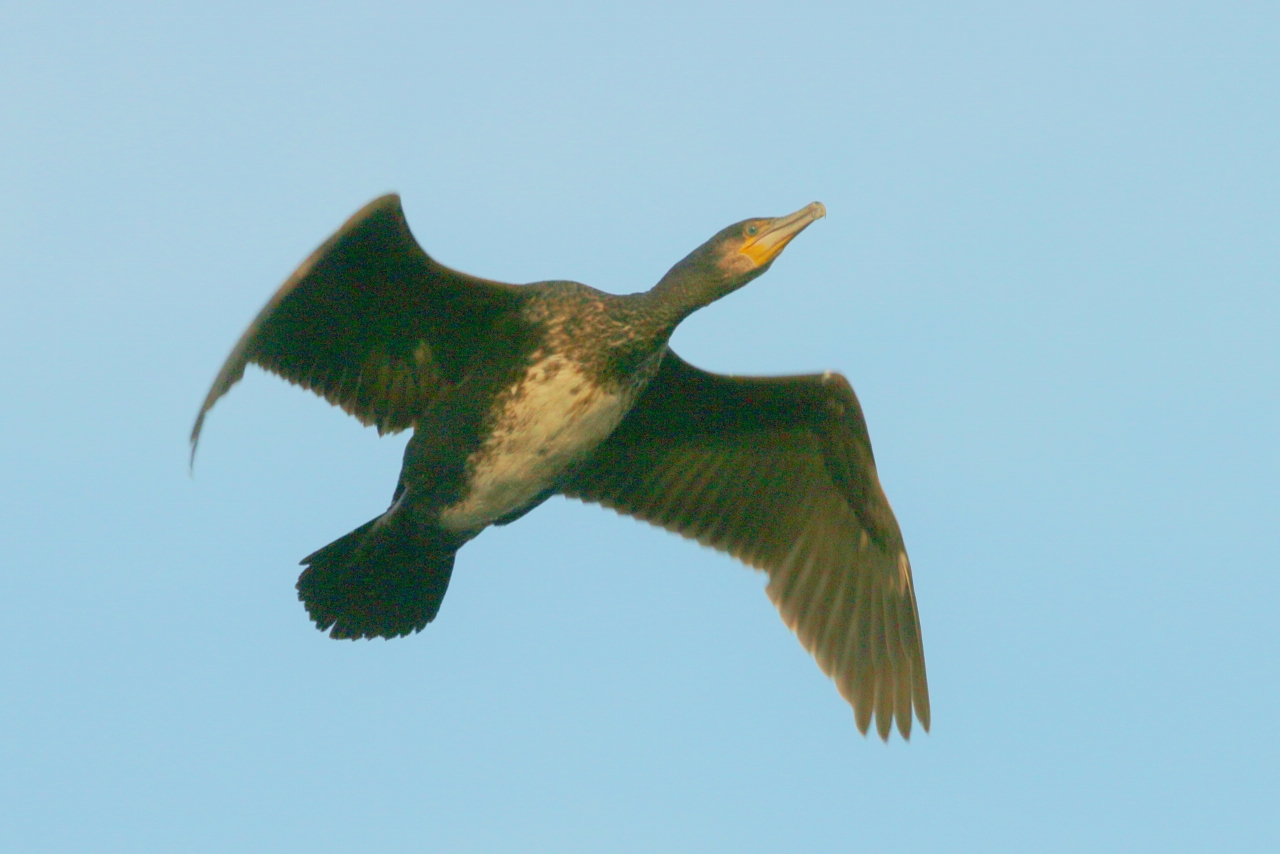


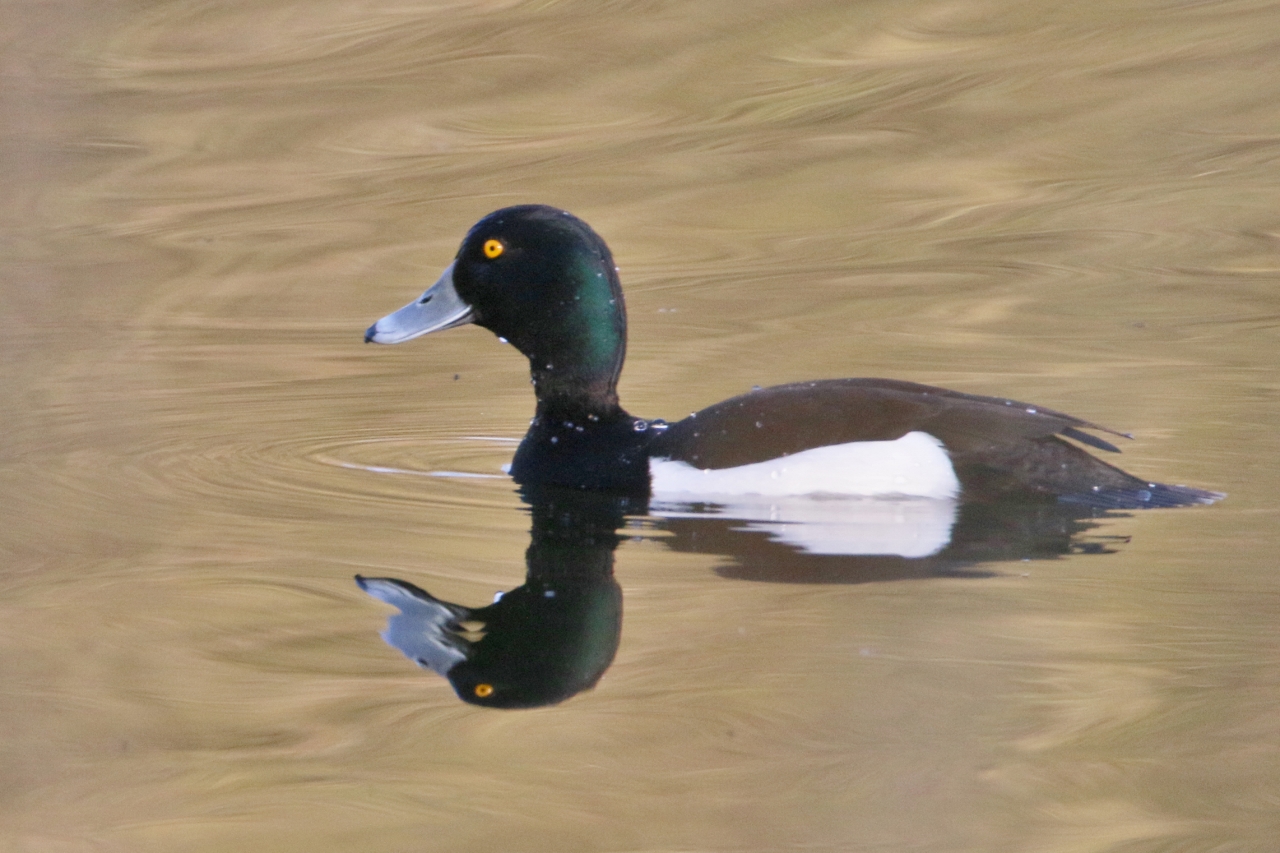
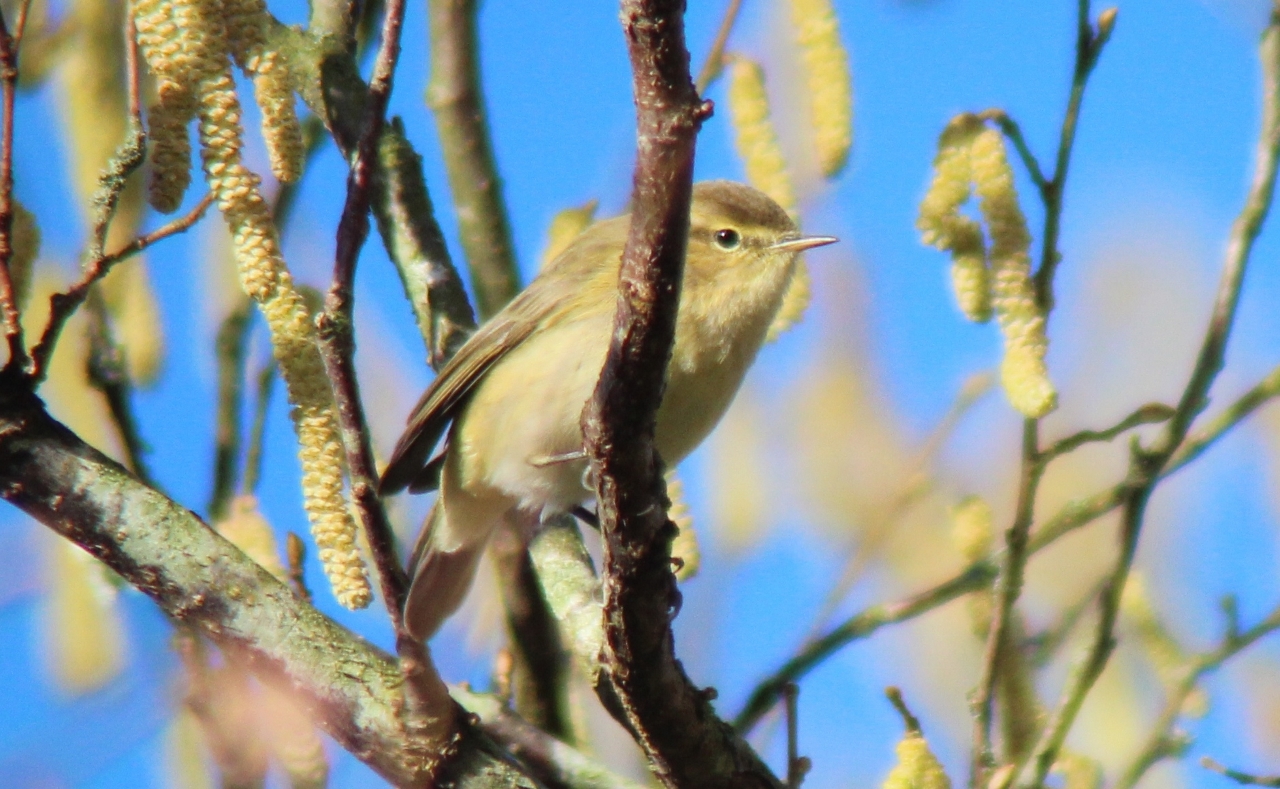


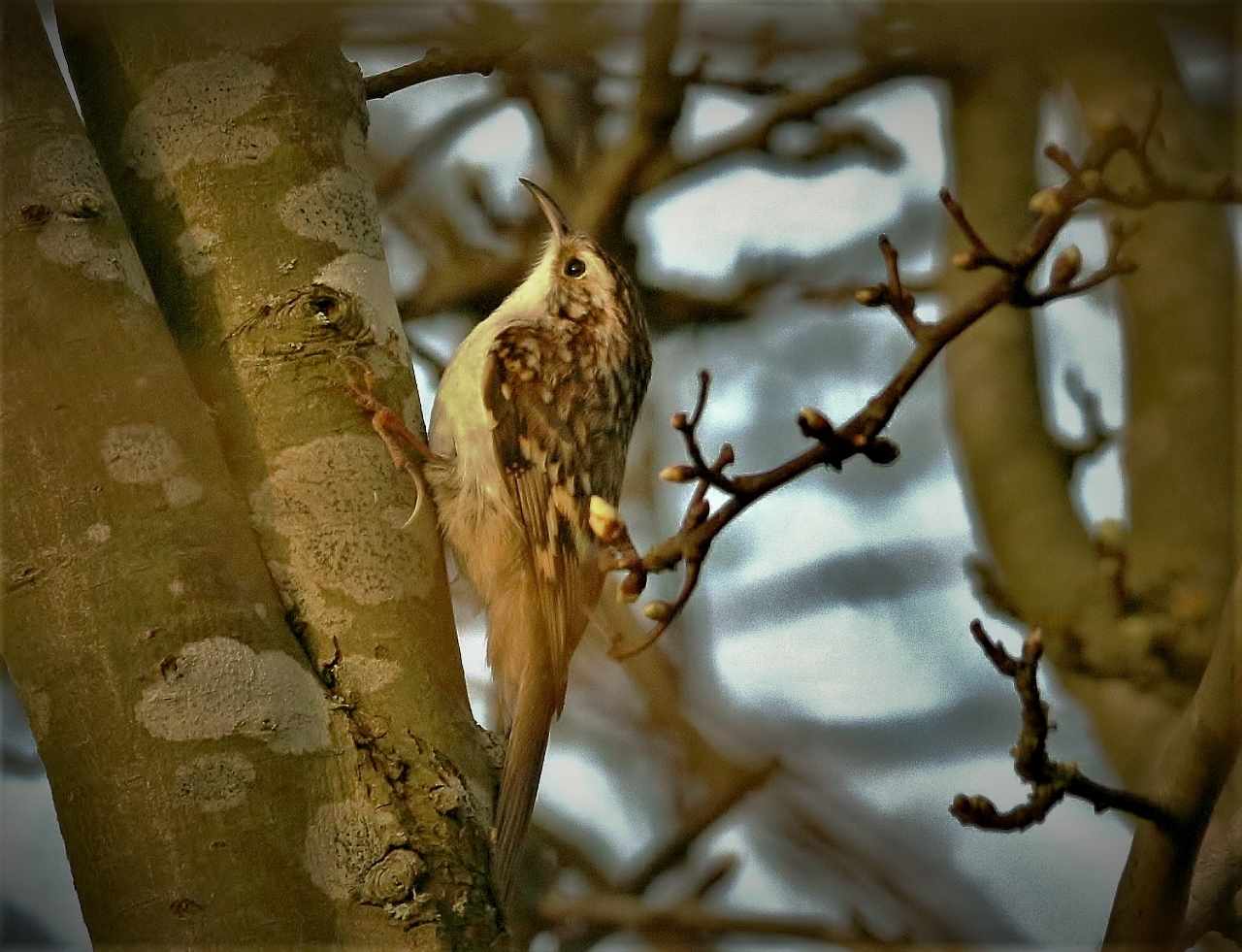


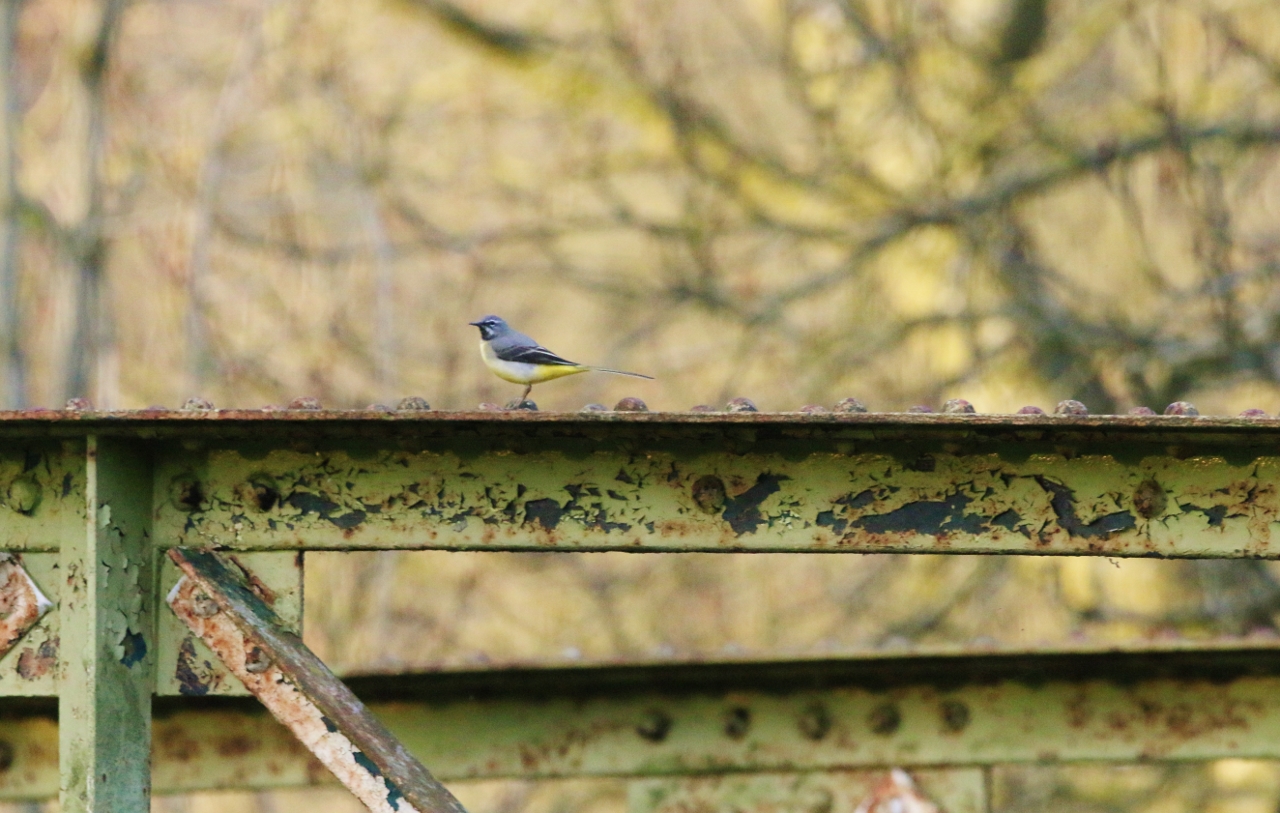




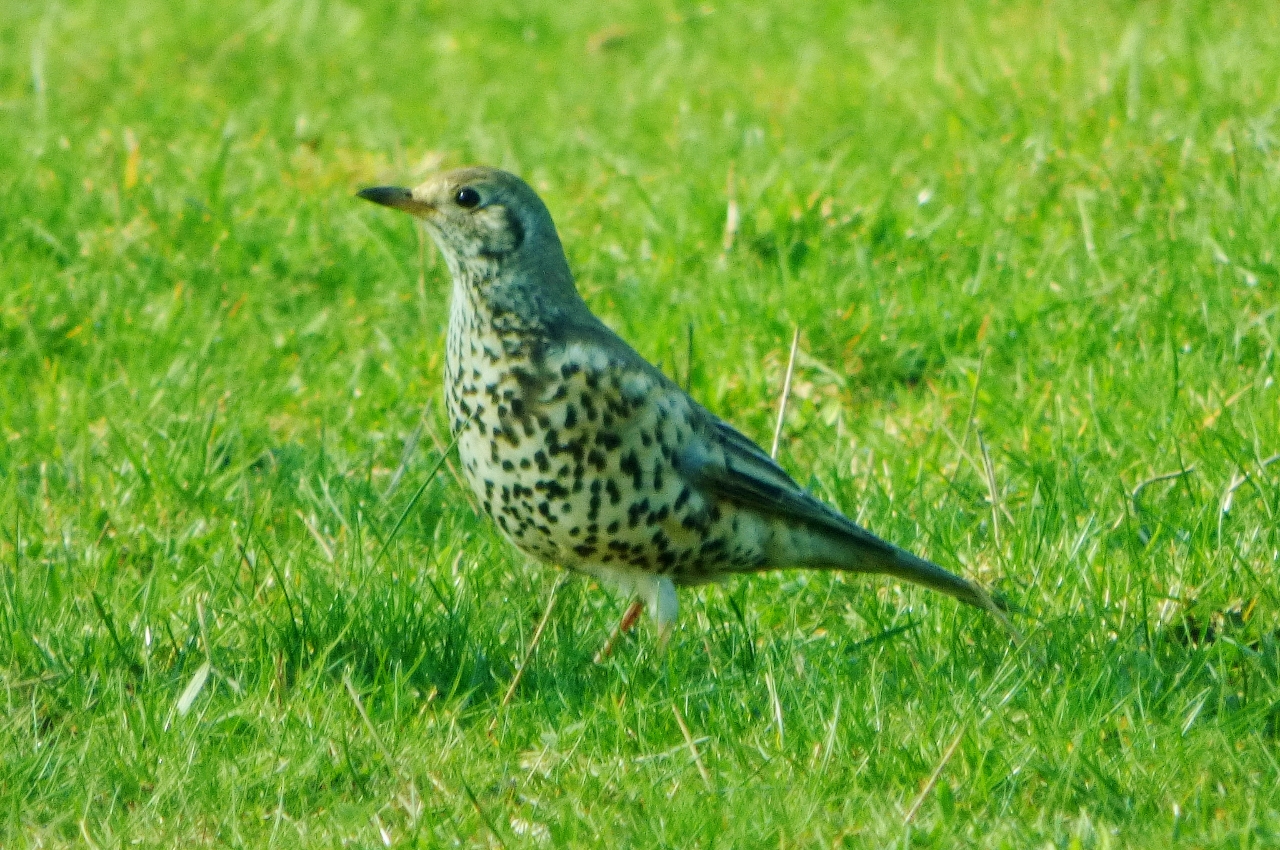

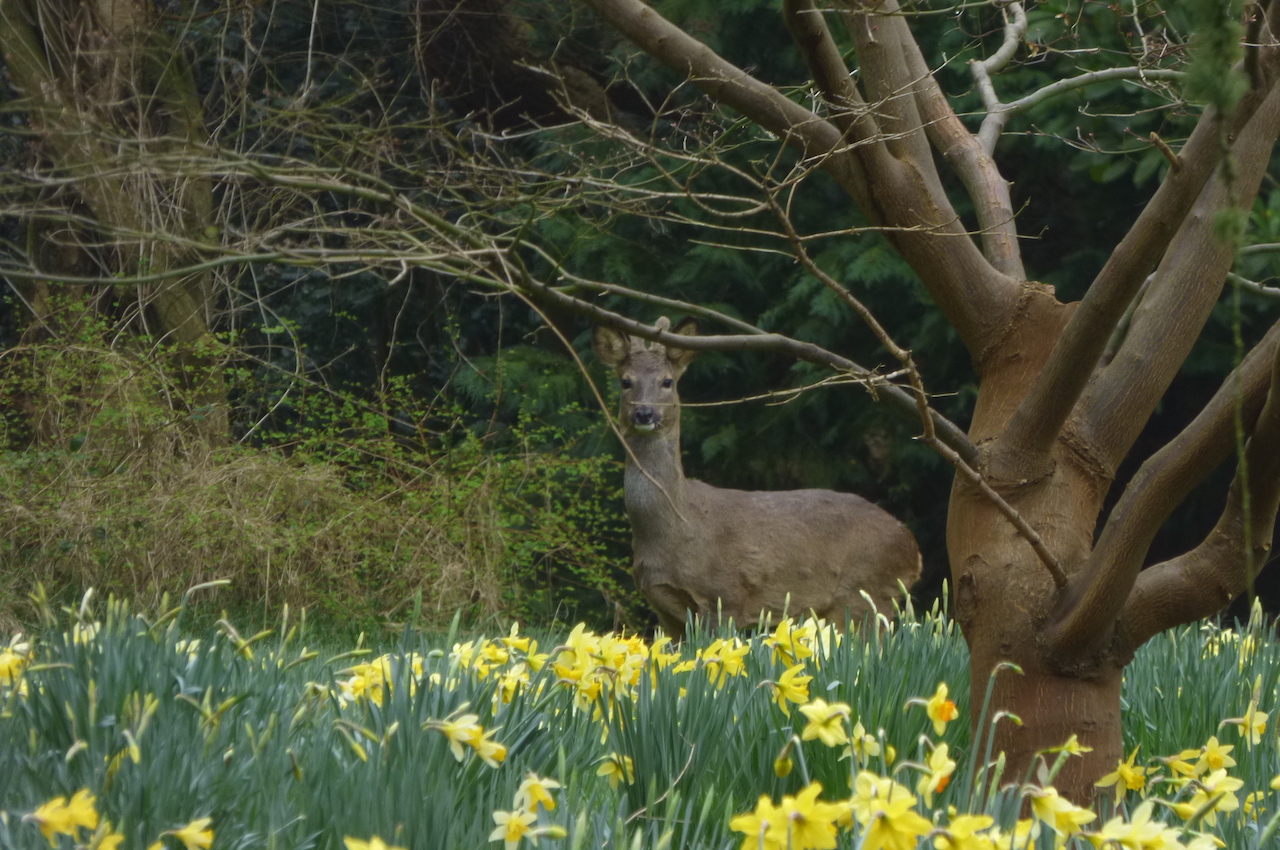






Steve Simnett (Weevie)
March 21, 2017 at 4:41 pm
Very nice selection from Malcolm Fincham.
I always like to see a Mistle Thrush. Hope he keeps up the good work.
Bob Smith
March 21, 2017 at 6:03 pm
Good selection of images, as usual. I especially liked the frog and spawn.
James Sellen
March 25, 2017 at 11:04 pm
Excellent flight shot of Dunlins at Farlington Marshes.
Thanks for mentioning the Woking Peregrine Project – both adult Peregrines are now incubating four eggs.
ITN local news reporter Martin Stew came to Woking on Wednesday to compile a report / interview which we hope will be shown next week. When we know the day, an announcement will probably be shown on the website: wokingperegrines.com or Twitter feed; twitter.com/wokingperegrine
Mike Beer
March 29, 2017 at 1:35 pm
Superb photos, as ever, from Malcolm Fincham, especially the tree creeper and the bee and butterfly.
I went to Farlington on 25th. There was lots of sun but a tearing gale on the sea wall meant all the small birds were in deep cover and even the lapwings and oystercatchers were tucked in, in the fields. I saw around 100 Brent geese take off towards the east and be hurled backwards over the marsh.